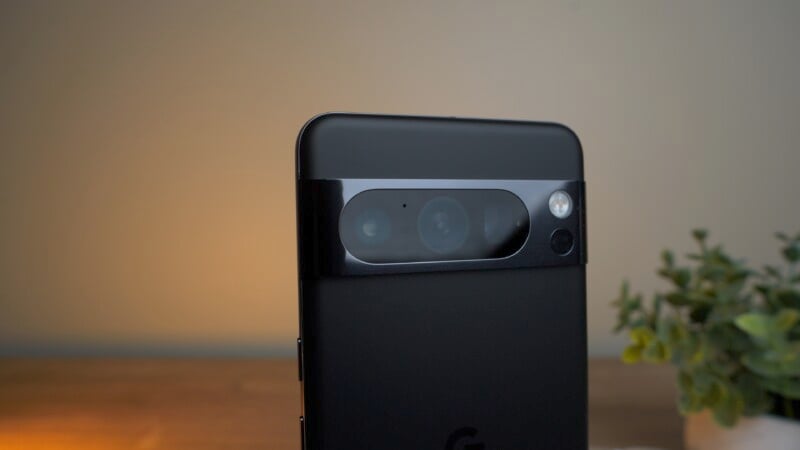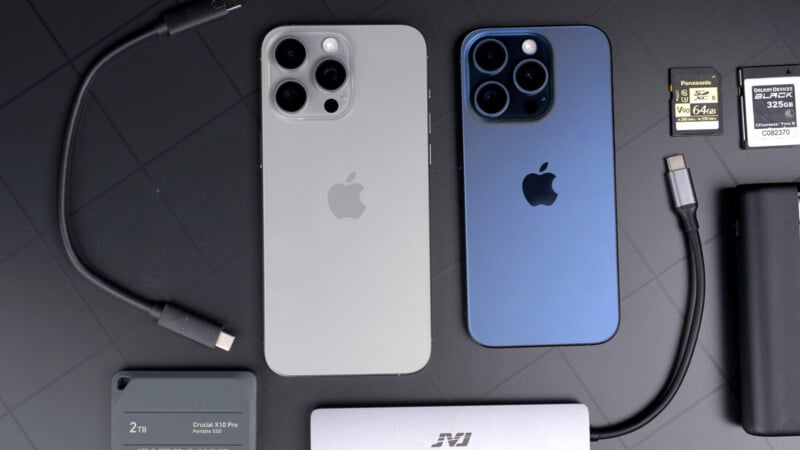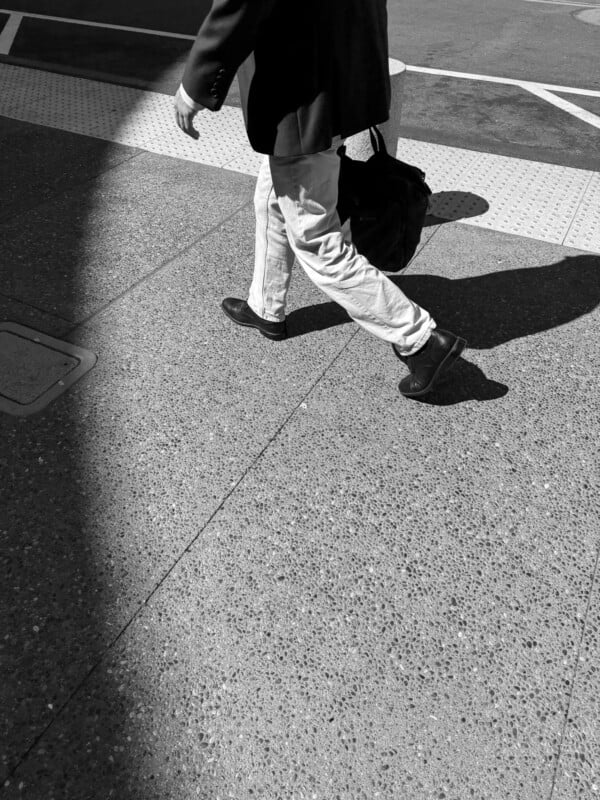Previously, we made a video about when and why you would use a mirrorless interchangeable lens camera instead of a smartphone. It seems only fair to look at the opposite scenario too.
Like it or not, smartphones are capable picture takers in certain situations, and even when they aren’t up to the task social media output hides a lot of the issues. Let’s discuss some of the ways a smartphone shines.
Smartphone Versus Camera: The Right Situation
The biggest benefit by far is that we effectively wear smartphones. We have a camera that is always with us. Despite the rather poor ergonomics, smartphones are supremely convenient. From a street photography perspective, smartphones blend into the background of everyday life. They are discreet and silent, and the ability to shoot with iPhone live bursts or Google top-shot modes helps capture those decisive moments.

They also provide incredibly high-quality screens that can be easily seen in bright conditions, and provide high resolution to evaluate and zoom in on images. These LCD panels are also HDR capable on many of the latest phones and allow you to view your images with more dynamic range and a much more realistic level of brightness right out of the box. There is a huge push to make HDR photographs more ubiquitous and smartphones are leading the way.

Phones are as much computers as they are cameras. Being able to take pictures and edit them on the phone before outputting them using cellular data is probably what makes smartphones so popular. Sure, it’s not about the best image quality but it is about supreme convenience, and in today’s world that counts for a lot.

Smartphone Versus Camera: Image Benefits
While we are on the topic of image quality, I would never say that phones can match MILC cameras. However, it has to be appreciated that in some situations they come close. Landscapes in particular play to the strength of smartphones. By capturing one image from multiple exposures, phones can deliver excellent dynamic range and then also represent that fully on an HDR display. The main cameras on most phones are a perfect focal length for most landscape photos and the ultra-wide lenses provide for dynamic imagery too.

Modern phones can also digitally blur backgrounds to mimic shallow depth-of-field lenses. Although the results aren’t perfect they do get better every year, and provide for some dramatic-looking portraits. This effect can also be used on the wider angle lenses and in the case of the iPhone 15s in particular, the final look is very convincing.

Lastly, smartphones are ideal for vlogging purposes. Not only because of their connectivity but also due to the compact nature of a phone and excellent image stabilization. With a combination of optical and digital stabilization phones provide stable video footage even when walking or running.
Smartphone Versus Camera: The Right Tool

I will be the first to say that phones are not the same tools as MILCs. The relatively tiny sensors are going to be the standard for a long time to come and frankly, I don’t want manual controls on a phone. That isn’t their strength. However, the ability to merge multiple exposures helps them punch well above their weight, and the convenience of being tied directly to a phone is immensely useful. Image making for me has always been about the right tool for the right job, and in that regard, phones are a powerful tool in the right circumstances.
